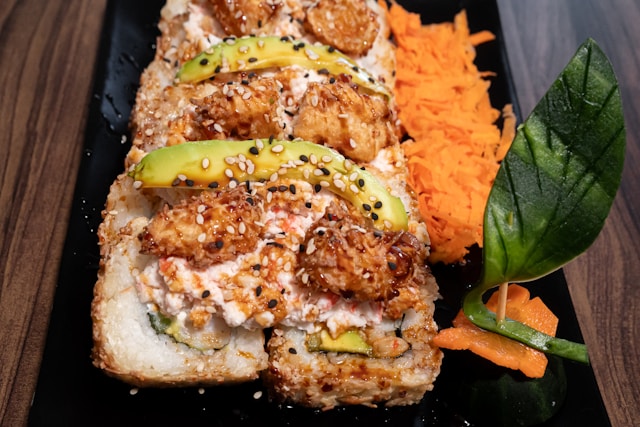It seems the world has developed an insatiable appetite for adventure, not just for the eyes, but thrillingly, for the palate. A recent glimpse into the crystal ball of gastronomy, courtesy of the Luxury Group by Marriott International’s ‘Future of Luxury Food Travel 2025’ report, reveals that culinary tourism isn’t just simmering; it’s positively bubbling over, especially across the vibrant landscapes of Asia Pacific. This region alone claimed a rather delicious 37.8% slice of the global food tourism revenue pie back in 2023, signalling a seismic shift in where discerning travellers are heading for their next memorable meal.
The report, penned by the Luxury Group by Marriott International, identifies a fascinating trend: travellers are seeking more than just sustenance; they’re chasing authentic, soul-stirring culinary narratives. This growing adventurousness is propelling destinations once considered off the main gastronomic map into the spotlight. So, who are the new darlings of the discerning foodie set, according to these 2025 culinary predictions? The focus sharpens on three dynamic locales: Manila, Mumbai, and the serene Jeju Island.
What exactly is drawing epicureans eastward? In the Philippines, Manila is experiencing a thrilling culinary awakening. Spearheading this movement is the celebrated chef Margarita Forés, whose new eponymous establishment, Margarita, elegantly weaves traditional Filipino flavours with sophisticated global techniques. It’s a testament to how local soul can be presented with international polish, captivating those who crave depth and refinement.
Meanwhile, Mumbai’s food scene pulses with innovation. Establishments like Masque are redefining Indian fine dining, championing wild and foraged ingredients sourced from across the subcontinent in their tasting menus. Nearby, Ekaa offers a fascinating counterpoint, applying a minimalist, almost Nordic philosophy to Indian cuisine, focusing on elemental flavours for a strikingly modern experience. This constant evolution keeps Mumbai firmly on the radar for future culinary tourism.
Further east, South Korea’s Jeju Island offers a different, yet equally compelling, allure. Its unique volcanic terroir and access to exquisitely fresh seafood make it a haven for nature-loving gourmands. The island is embracing farm-to-table dining, showcasing hyper-local treasures like the famed Jeju black pork, delicate sea urchin, and sweet tangerines. This emphasis on provenance answers a growing desire for connection to the source, a key driver in luxury food travel trends. It makes one wonder, are Barrie foodies enamored with Asian cuisine to this extent, seeking out such specific regional treasures?
The ‘Future of Luxury Food Travel 2025’ report underscores why these destinations are ascending. It’s a confluence of factors: chefs pushing creative boundaries, a renewed focus on hyper-localism and sustainability, and travellers eager to explore beyond the familiar. The period leading up to 2025 is projected to see these trends intensify, reshaping travel industry forecasts.
These emerging Asian culinary capitals signal a broader shift in luxury travel. It’s no longer just about opulent hotels, but about immersive, authentic experiences that engage all the senses. Manila, Mumbai, and Jeju Island are proving that the future of luxury food travel lies in discovering the unique stories and flavours embedded within a destination’s culture and landscape. They offer a tantalizing taste of what’s to come, promising journeys rich in flavour and discovery.
References:
The 3 new culinary capitals in Asia for foodie tourists

